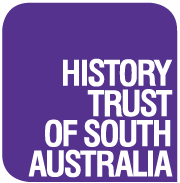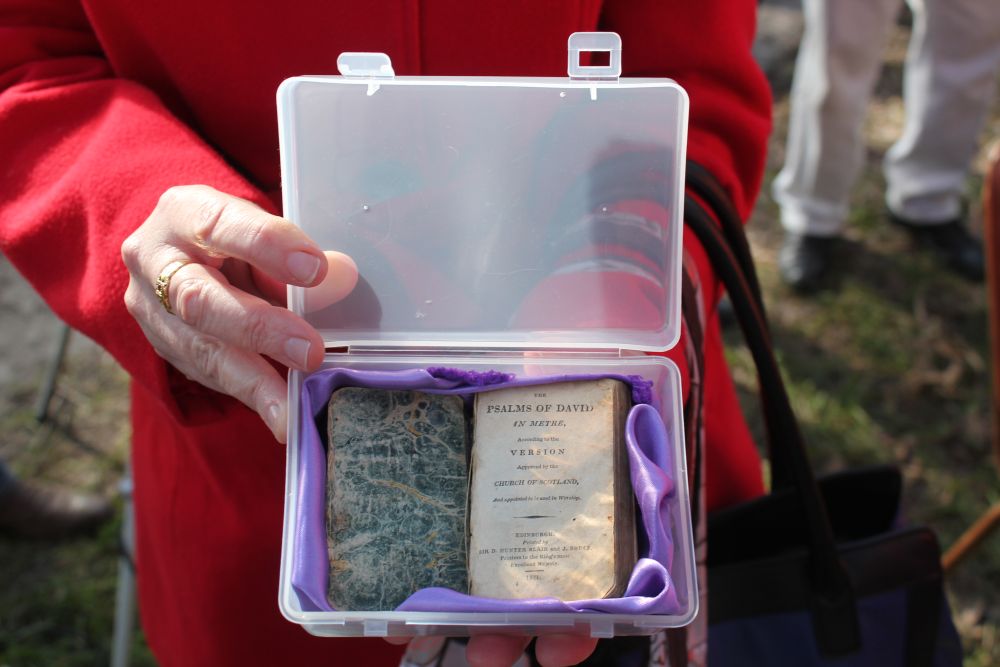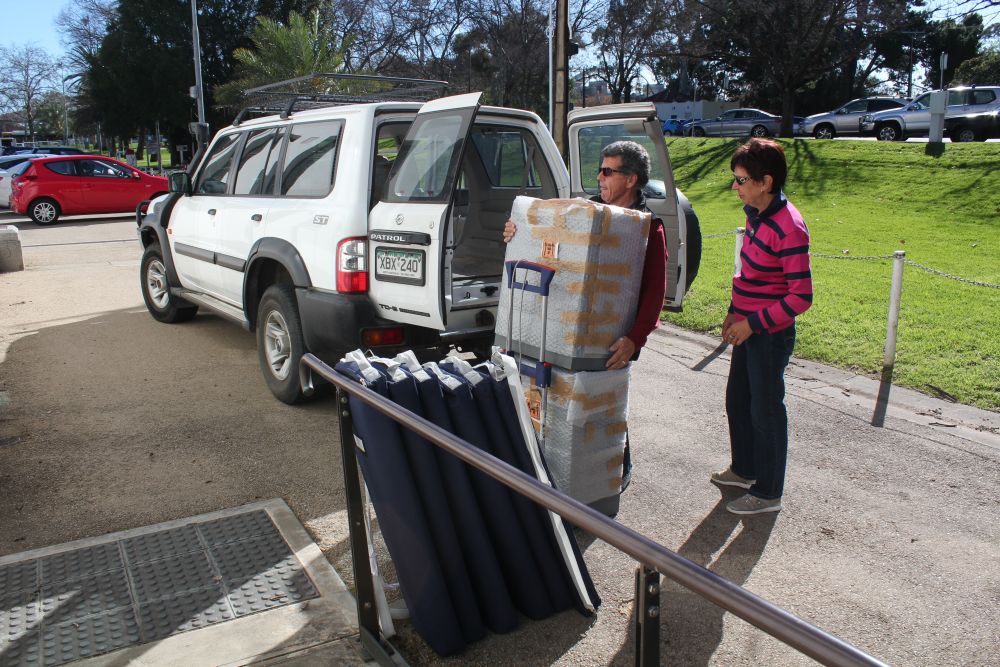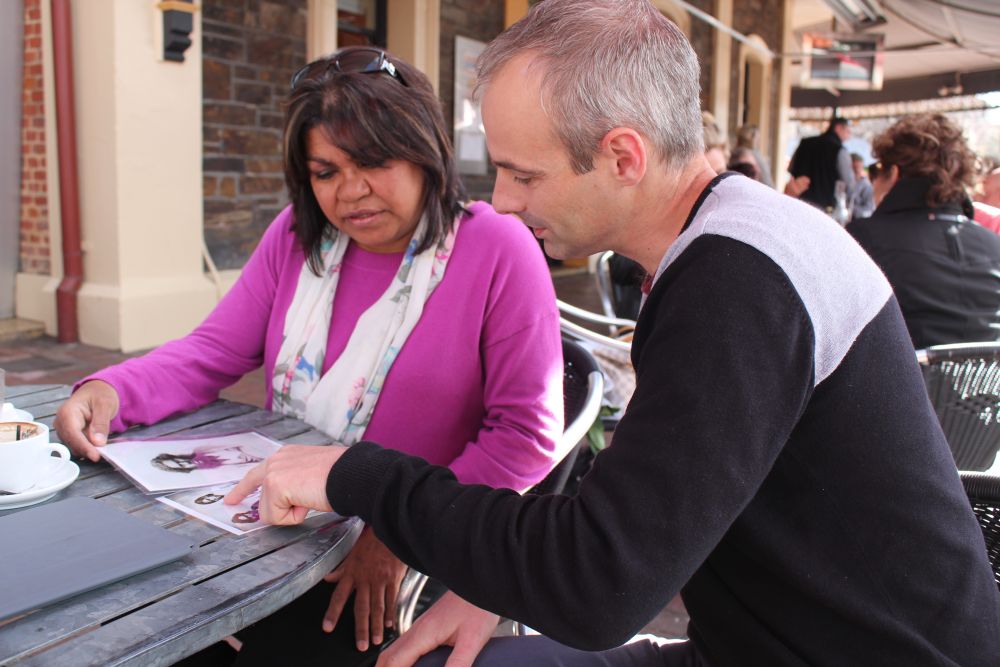Recently I headed for the village of Prospect Hill in the Adelaide Hills, for a special plaque unveiling ceremony commemorating a unique historical event, near to the hearts of this small, close-knit community.
Sunday 25 August marked the 170th anniversary of the discovery of the remains of young Scottish migrant Sarah McHarg in the dense forest near Currency Creek; almost two years after the young woman had gone missing in 1841. The mystery of her disappearance sparked much interest in the press at the time; despite full scale searches she could not be found. Had she been abducted, murdered? The story continued to engage the imagination of locals over the years. Her sad tale highlights a past era where lack of communication in isolated areas meant certain death.
On 3 June 1841, 24-year-old Sarah, who had migrated with her family from the parish of Inch, Wigtownshire in south west Scotland just two years previously, set off from Mr Burr’s survey camp to her father’s house about 3 km away in the Meadows. She was wearing a green and white cotton gown, with black velvet trimmed cape, a pink apron, and a straw bonnet. With her she had two books: a novel and a small Book of Psalms. When her remains were eventually found they were surrounded by a makeshift wurley of branches, although her bones had been pulled asunder by dingoes, and she could only be identified by remnants of her clothing and books. Most poignantly, she had written with a pin in the book of Psalms “Dear Elizabeth (her younger sister), grieve not for me, I am resigned to my fate.” Sarah had apparently died of starvation, having wandered almost 25 km off course, completely lost and unable to communicate her whereabouts.
So on a crisp bright Sunday afternoon on the edge of bushland near where Sarah had set off on that fateful day 170 years ago, I joined a small group of locals, along with McHarg descendants, members of Flinders University Archaeology Department and Sue Ward from the State Library of South Australia. We were welcomed by Greg Morrison, President of the Prospect Hill Community Association; while Ray Bailey recounted how this commemorative occasion had come about. Former Prospect Hill student and Uniting Church pastor, Ben Usher gave further insight into Sarah’s story and read the touching ‘The Hour of My Departure’s Come’. Accompanied by an accordion, we were all invited to sing ’Rock of Ages’ before Rev Usher said a prayer for Sarah. The unveiling of the plaque was undertaken by Sarah’s great, great niece, Vida Chibnall with her daughter Lesley Rumbelow; and lastly Sarah’s little book of Psalms was formally handed over to Sue Ward, the State Library’s Coordinator of Archival Collection Development. This moving ceremony over, we headed down the hill again into the warmth of the Community Hall for a bountiful afternoon tea of homemade scones and lamingtons; and time to reflect on our comparatively safe 21st century lives with the likes of 4WDs, mobile phones and GPS devices.
Sarah’s story is just one of many pioneering stories included in the Prospect Hill Historical Museum, located in the former general store of 1872 and a registered museum in History SA’s Community Museums Program. It is also one of several personal tragedies of the area for Prospect Hill was hit hard by the Ash Wednesday bushfires of 1983, which is commemorated in a permanent exhibition at the museum.
More pictures from the Sarah McHarg ceremony can be found here





Recent Comments